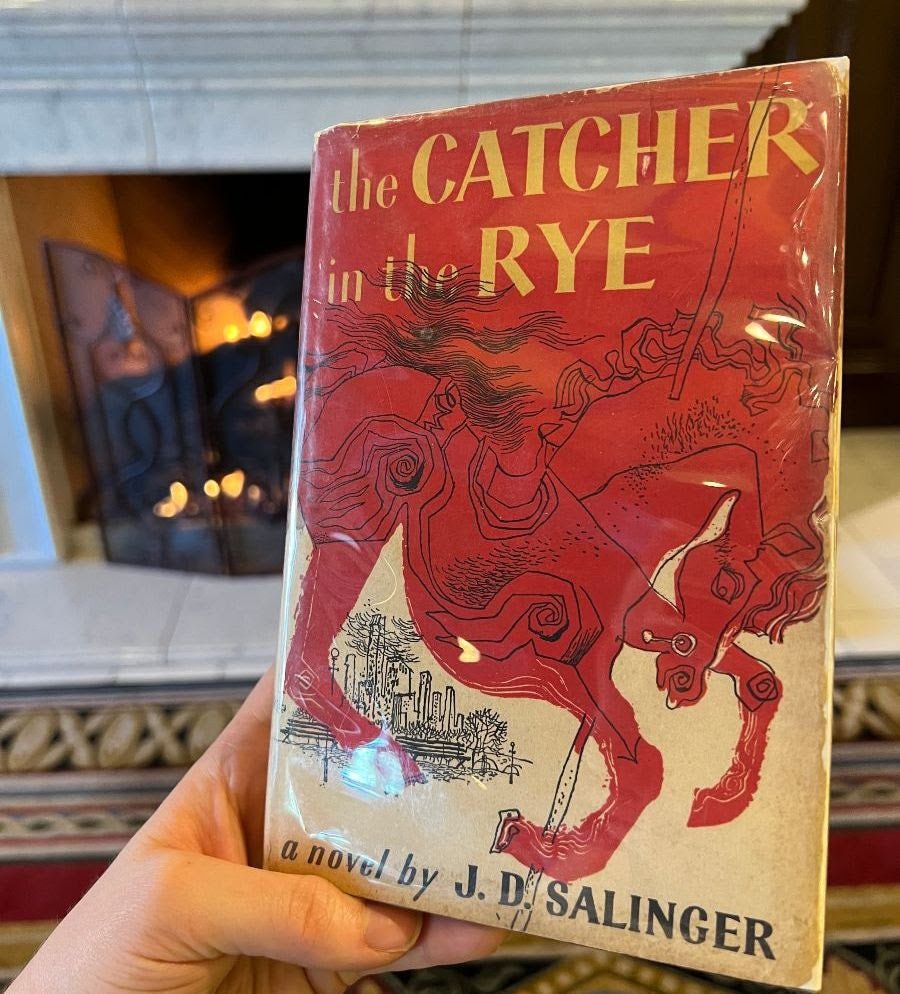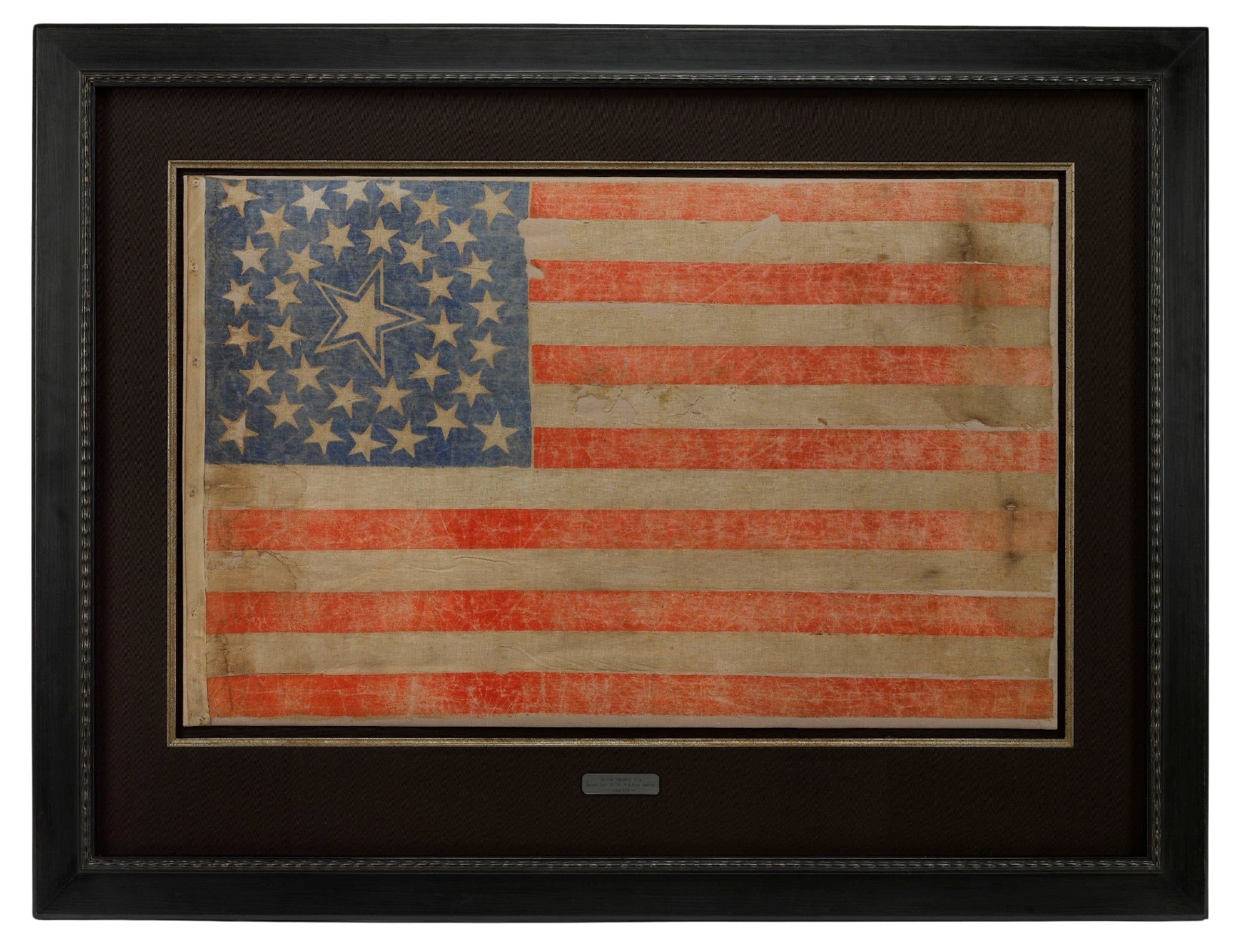A Civil War Drum
New to our shop is this spectacular Civil War-era side drum. Made in 1859, this is a rope tension drum with a wooden body, ropes, and leather tabs. An artful iron tack pattern surrounds the drum hole and the hoops are painted a deep red. Within the instrument, the paper maker's label indicates it was manufactured for “George Kilbourn, at his premier drum factory, 119 Orange Street, Albany.” The label is inscribed “Made in 1859” and is numbered in brown ink, “2425.”
Drum manufacturing was an established industry in America long before the Civil War, centered in the more populous towns of the northeast. Yet the outbreak of the war created a new and enormous demand for percussion instruments. Each company of 100 men had two musicians: two drummers or a drummer and a fifer.
Civil War drummers were used to regulate the marching of soldiers, from one camp site to another, as well as used in ceremonial occasions and parades. Drums were invaluable communication devices from officers to their infantry soldiers. The drummers in both the Union and Confederate armies were required to learn dozens of drum calls, and the playing of each call would tell the soldiers they were required to perform a specific task. There were drum calls for daily camp activities like reveille, meals, roll call, end of duty, and lights out.
But on the battlefield, drums served an even greater purpose. Soldiers were trained to respond to drum calls while fighting, including the orders to fire and cease firing. The sound of the huge field drums could be heard above the roar of a battle and the sight of a drummer boy also provided a visual location for a soldier's unit, helping to keep them close together. It was the sound of the drumbeat that told the soldiers how and when to maneuver.
 Ordnance Department records indicate that the Union Army purchased over 32,000 drums from April 1861 through December 1865. Many government and state contracts did not specify exact dimensions or designs for drums. The result was wide variances in size and dimension, as well as decoration, in the form of colorful rims, hand-painted drums, or interesting tack patterns. So it is no wonder that these drums were treasured and collected long after the Civil War ended.
Ordnance Department records indicate that the Union Army purchased over 32,000 drums from April 1861 through December 1865. Many government and state contracts did not specify exact dimensions or designs for drums. The result was wide variances in size and dimension, as well as decoration, in the form of colorful rims, hand-painted drums, or interesting tack patterns. So it is no wonder that these drums were treasured and collected long after the Civil War ended.





